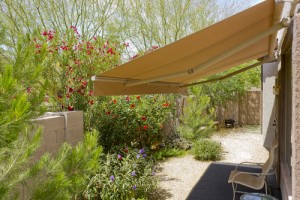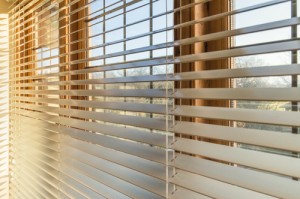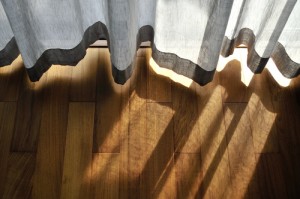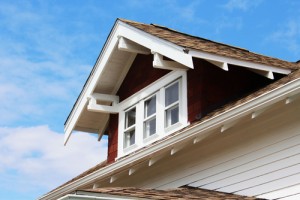Outside Dining
As these first warm evenings of a warm springtime begin to occur, many of our families feel the urge to take our dinner plates outside and enjoy this in-between season.
When it comes time to plan for your outside eating space, there are many things to remember in order to prepare for the best use of your space. Does your chosen house plan boast a large porch or desk area? Is it an enclosed patio, or is there merely an overhang? Features such as these are worth considering in preparation for a time when you’re faced with bothersome insects, or rain fall on a pleasant evening.
If you enjoy playing the host, consider building a deck or patio area that can not only support many people at a time but is also in close proximity to the kitchen for ease in dinner service. These modified porches make entertaining a simple and enjoyable affair by providing ample space for preparing and serving meals; rather than running back and forth from the house to the patio, your time is freed up to focus on your guests and the meal you are serving.
By thinking of these spaces as extensions of your home you become empowered to evolve an evening out into the yard with ease. Whether it’s a simple dinnertime affair on a weeknight or a larger celebratory event, expanding your home area to include your outside space is one of the very best ways to maximize your investment with adaptive spaces.
This is just the beginning of the season of longer days and hotter temperatures. Whether you’re escaping the heat of the house in the afternoon or taking in a cool evening breeze, remember how you will use your yard and porch spaces when choosing your dream house plan. With a bit of foresight, these areas can be built in conjunction with your house project, saving money and time in the long run.




